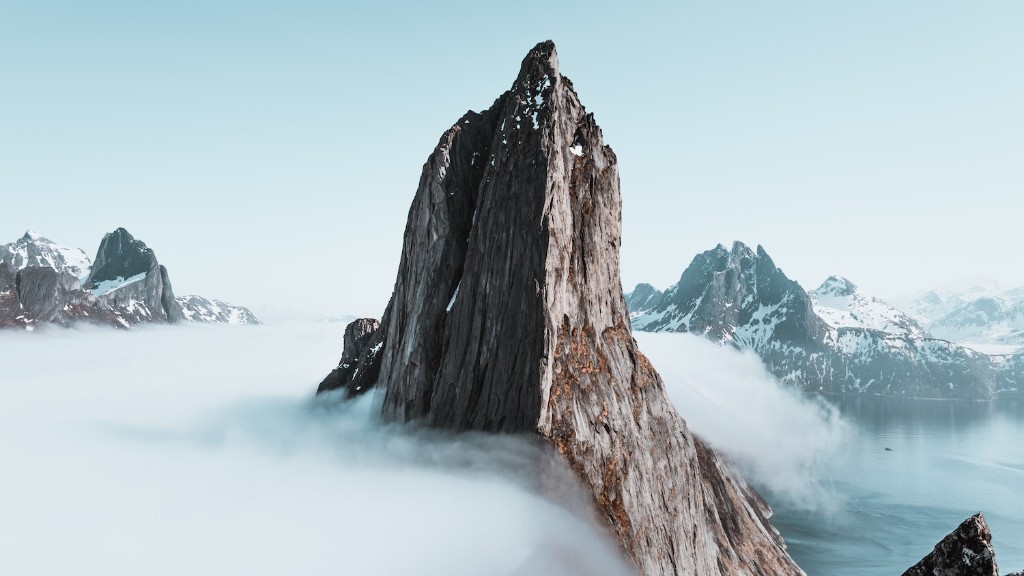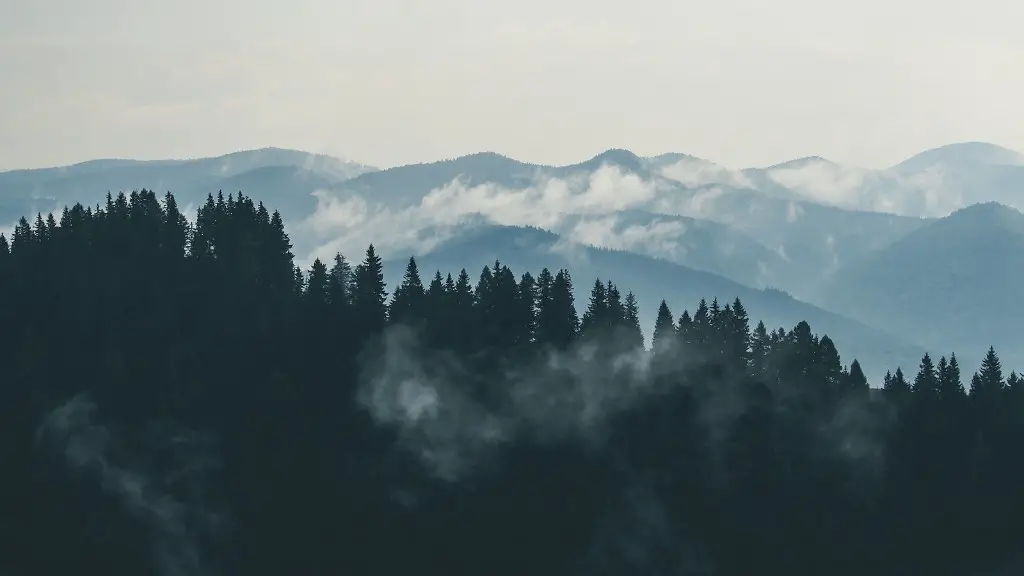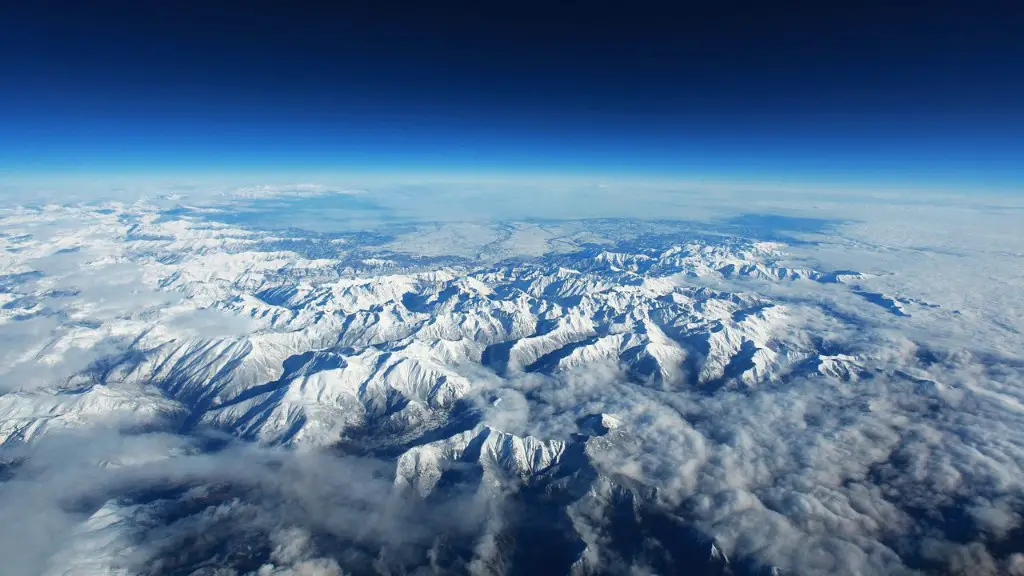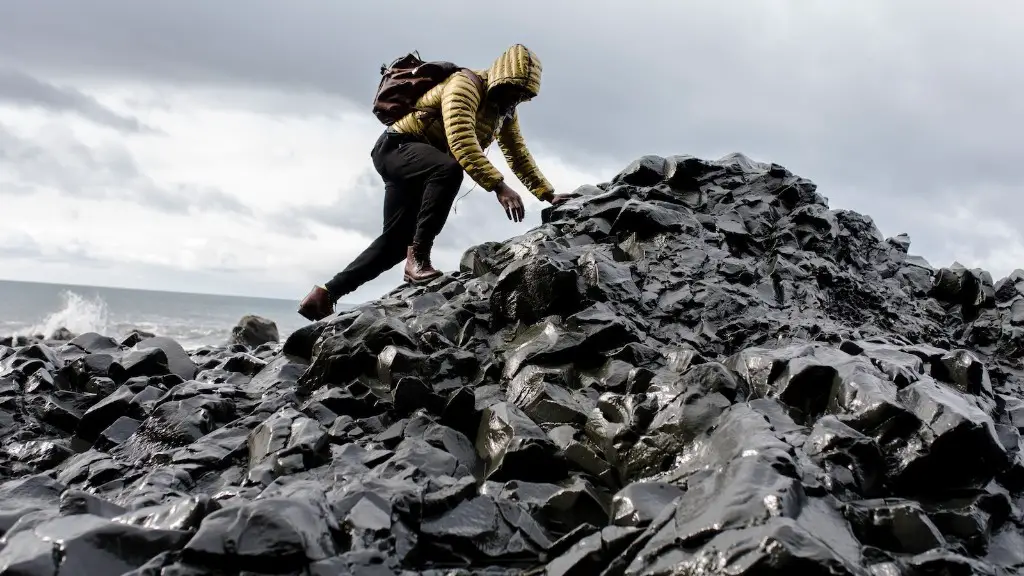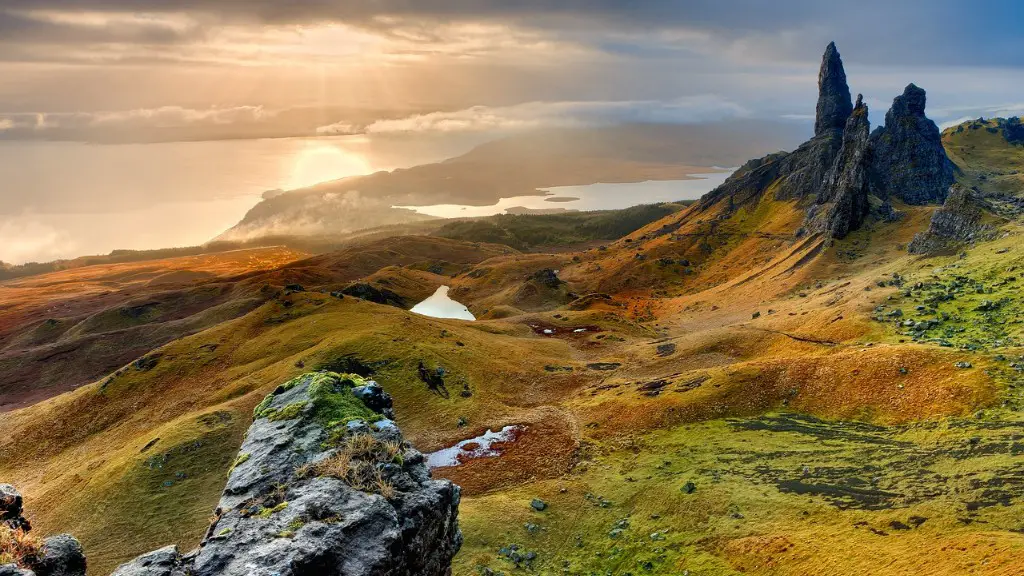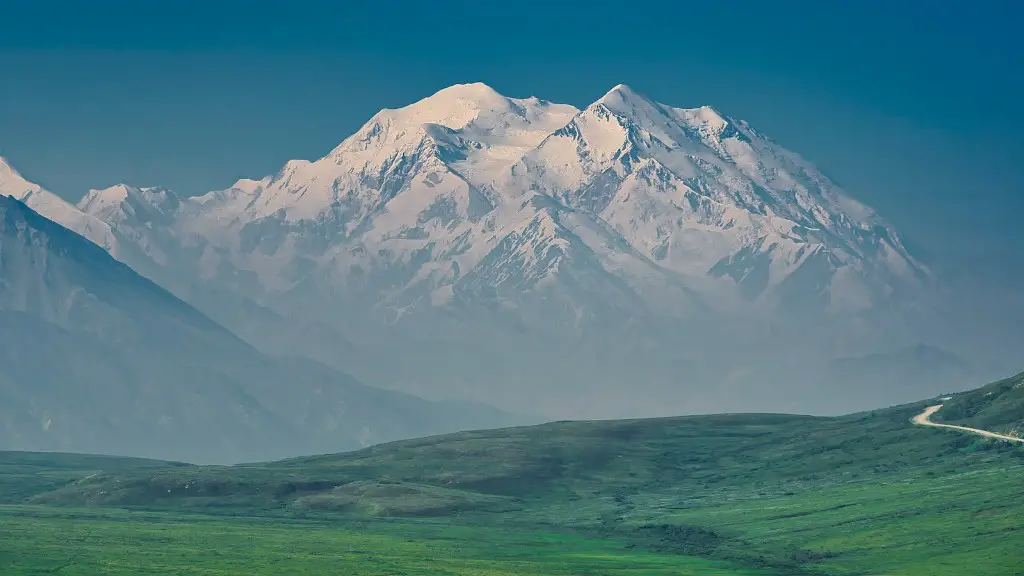No one knows for sure how many dead bodies are on Mount Everest, but there are definitely some up there. The bodies are usually frozen and preserved, due to the low temperatures and lack of oxygen at high altitudes. Many climbers have reported seeing bodies on the mountain, and some have even had to step over them. While it may be disturbing to some, the presence of these bodies is actually a reminder of the dangers of mountaineering.
There have been a number of frozen dead bodies found on Mount Everest, most notably the body of George Mallory which was found in 1999. While there are no exact numbers, it is estimated that there are anywhere from 100 to 200 bodies still on the mountain.
How many frozen bodies are on Mount Everest?
Around 200 bodies are believed to be on Mount Everest. Some are along popular routes while others are lost forever. It’s not uncommon to walk over frozen bodies while summitting.
It is true that there are many dead bodies on Everest. It is a sad reality that at least 200 Everest corpses lie distributed throughout the world’s tallest mountain.
Do bodies stay frozen on Everest
The death zone on Mount Everest is a particularly dangerous place, and it is very difficult to retrieve bodies from that area. The weather conditions, the terrain, and the lack of oxygen make it difficult to get to the bodies. Even if they can be found, they are usually stuck to the ground, frozen in place.
Green Boots is a tragic and eerie figure on Mount Everest. He is believed to be Tsewang Paljor, an Indian climber who died on the mountain in 1996. His body has become a landmark on the main Northeast ridge route of Everest, and his green boots are visible from far away. Many climbers have reported seeing Green Boots on the mountain, and his presence is a reminder of the dangers of Everest.
Why aren’t bodies removed from Everest?
The bodies of climbers who die on Everest are often left behind because it is so difficult and costly to remove them. This can be a cause of great distress for the climbers’ families. The final repatriation costs can be tens of thousands of dollars, and in some cases, around $70,000. In addition, the process of removing a body from Everest can be very dangerous, as demonstrated by the two Nepalese climbers who died while trying to retrieve a body in 1984.
Green Boots is one of the most famous bodies on Mount Everest. He was an Indian climber and constable with the Indo-Tibetan Border Police. His body was found on May 10th, 1996.
How cold is it at the top of Everest?
The weather on Mount Everest is one of the most extreme conditions on Earth. The average temperature at the summit is below freezing, and in January it can dip as low as -60° C (-76° F). The main issue that climbers face is the strong winds, which can reach hurricane force, and the wind chill factor. Even in the summer months, conditions can be treacherous, with strong winds and large amounts of snow.
The argument for using oxygen on Everest is clear – it significantly increases your chances of summit success while reducing the risks of altitude-related illnesses.
Climbing without oxygen is possible, as demonstrated by Ippo Yamato on Manaslu in 2013, but it is certainly not the norm. For most climbers, the risks associated with going without oxygen simply aren’t worth it.
Ultimately, the decision of whether or not to use oxygen on Everest is a personal one. But, given the high risks involved in climbing Everest, I would generally recommend using oxygen if it is available to you.
What happens to your brain on Everest
At high altitudes, the brain is deprived of oxygen which leads to diminished cognitive performance, mood, and coordination. Studies show that these effects begin to occur at around 15,000 feet. This is why it is important to be aware of the symptoms of altitude sickness and take precautionary measures when climbing to high altitudes.
George Mallory was one of the most famous mountaineers of his time. He was the first person to attempt to climb Mount Everest, and although he did not succeed, his legacy continues to this day. Mallory died in 1924 while attempting to summit Everest, and his body was not discovered until 1999.
How long can a human survive at the top of Everest?
The death zone is an area on Mount Everest that is above 26,000 feet. This area is where the oxygen level is so low that it is not possible for humans to survive for long periods of time. The media is advising people not to stay in the death zone for more than 16 to 20 hours because shorter stays can also be deadly. Most of the climbers who have died on Mount Everest have died in the death zone.
In his book Into Thin Air, Jon Krakauer blamed the inexperienced climbers and the guides who agreed to lead them–in return for large sums of money–for the tragedy that took place on Mount Everest in 1996. Krakauer himself was part of the expedition that saw eight people die in a storm. Ninety-eight other climbers made it to the peak of Everest in the spring of 1996.
How much does it cost to climb Everest
The cost of climbing Everest has been steadily increasing over the years. In 2017, it cost between $28,000 and $120,000 to climb the mountain. However, prices have continued to skyrocket, and in 2022 it will cost anywhere from $30,000 to $160,000 to take a trek up Everest. The average cost will be around $45,000. For some people, this cost may be worth it to fulfill their lifelong dream of reaching the summit of Everest. Others may decide that it is too expensive and choose to scale a different mountain instead.
A helicopter-based summit to the top of Everest is possible, as demonstrated by Didier DelSalle in 2005. The primary challenge in such a feat is the altitude, as helicopters are not designed to fly at such high altitudes. As a result, the helicopter would need to be specially outfitted for the task, and the pilot would need to be highly experienced. Nevertheless, it is technically possible for a helicopter to fly to the top of Mount Everest.
What is the youngest person to climb Mount Everest?
Jordan Romero is an American mountain climber who was 13 years old when he reached the summit of Mount Everest. Rameo was accompanied by his father Paul Ramero and his step-mother Karen Lundgren, and three sherpas, Ang Pasang Sherpa, Lama Dawa Sherpa, and Lama Karma Sherpa.
The recent wildfires in California have led to the evacuation of many people from their homes. These evacuations can be quite costly, with some estimates suggesting that each one can cost as much as $40,000. This cost is often borne by insurance companies, who are then stuck with the bill. This can be a significant financial burden for these companies, and it is likely to lead to higher premiums for customers in the future.
How do they remove dead bodies from Everest
The use of a stretcher was necessary to prevent the frozen body from falling apart, but it also slowed the Sherpas down.
Avalanches, icefall, and rockfall are all overhead hazards that can be deadly to climbers on Mt Everest. These hazards can kill numerous climbers at once, especially if they are roped together.
Final Words
There are no frozen dead bodies on Mount Everest.
The answer to this question is a resounding yes – there are definitely frozen dead bodies on Mount Everest. While some may argue that these bodies are simply climbers who didn’t make it to the top, the truth is that many of them are actually victims of avalanches and other natural disasters. In fact, it is estimated that there are over 200 bodies that have been frozen in time on the world’s tallest mountain.
